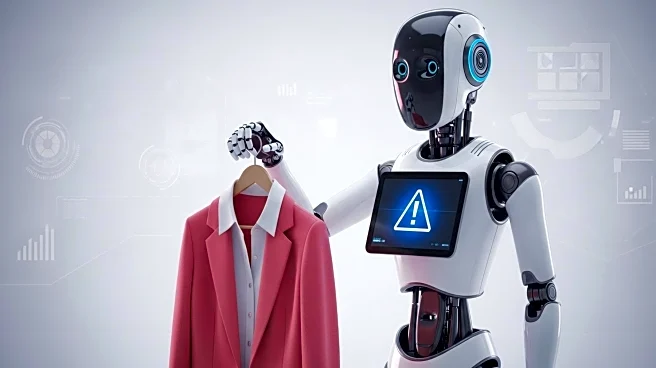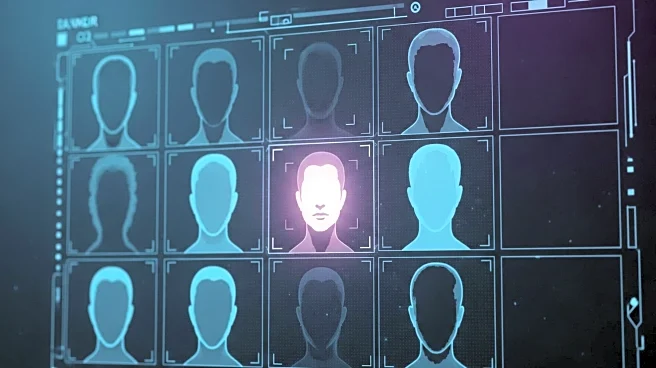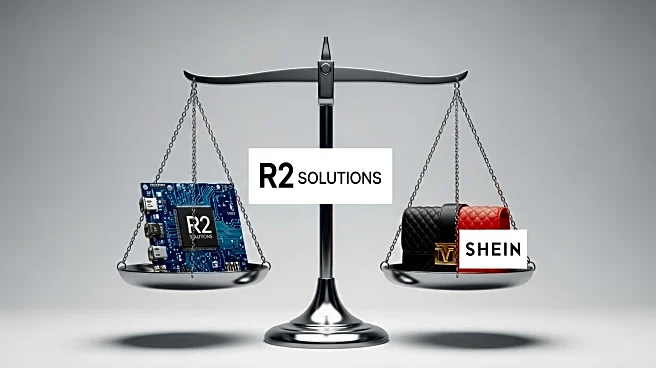What is the story about?
What's Happening?
The image of Luigi Mangione, who is accused of murdering the CEO of UnitedHealthcare, unexpectedly appeared as a model on Shein's website. This incident occurred despite Mangione being in prison without bail, highlighting a significant error in the use of artificial intelligence by third-party sellers on the platform. Shein has since removed the image and is conducting a thorough review to strengthen its control systems. The company has assured that it will take necessary measures against the seller responsible for the error. This situation underscores the risks associated with automation and the fragility of control systems on platforms with extensive catalogs.
Why It's Important?
This incident raises concerns about the use of artificial intelligence in the fashion industry, particularly regarding the management and control of digital content. The error demonstrates how AI systems can inadvertently use viral images without context, leading to reputational damage for companies like Shein. The fashion industry, which increasingly relies on AI for efficiency, must invest in more transparent and careful solutions to prevent such incidents. The case also highlights the need for better regulation and oversight of AI tools used by third-party sellers to ensure the integrity of promotional materials.
What's Next?
Shein is expected to implement stricter controls and oversight mechanisms to prevent similar incidents in the future. The company may also face increased scrutiny from consumers and industry watchdogs regarding its use of AI and third-party content. Other fashion brands might follow suit, adopting more robust AI management strategies to safeguard their reputations. This could lead to broader industry changes, with companies investing in technologies like digital twins to ensure content traceability and model rights protection.
Beyond the Headlines
The incident with Shein highlights ethical concerns surrounding AI's role in commerce, particularly regarding the use of personal images without consent. It prompts a discussion on the balance between technological innovation and ethical responsibility, urging companies to consider the long-term implications of AI integration in their operations. This could lead to a shift towards more ethical AI practices, prioritizing transparency and accountability in digital content creation.
AI Generated Content
Do you find this article useful?














